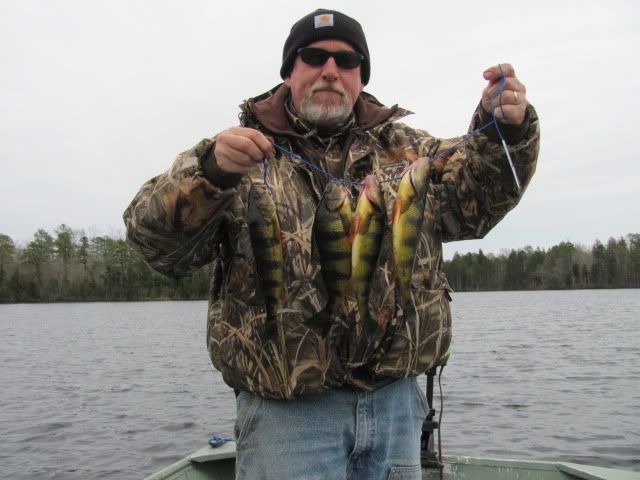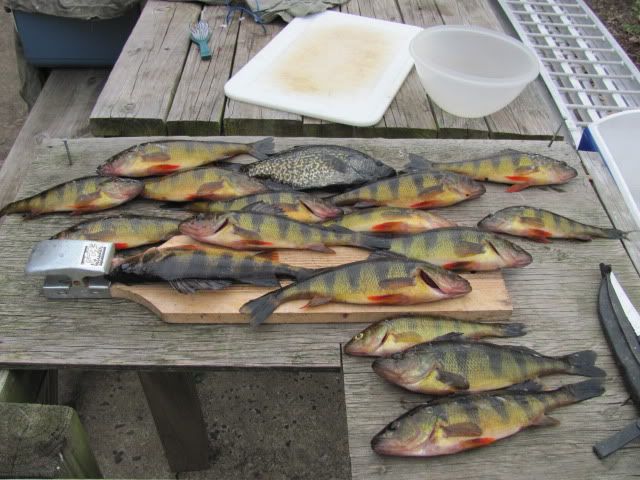Jerseyman,
Your point is well taken. According to the Oxford English Dictionary the term means a runnel or rivulet. The fish mass-migration meaning is also very old. A colleague is writing a paper on South Jersey anadromous fish, and coincidently each Pinelands herring reference related to a “run,” not to a “branch” (e.g., Miry Run, Deep Run, Beaver Run). I was simply wondering out loud if there might be a linkage between herring runs and streams designated as “runs” in the Pines.
Do we make distinctions between branches and runs, and if so what qualities separate the two? The OED indicates “branch” is specifically used in the United States, while run is used throughout North America, Scotland, and England. Run also connotes a steady and continuous flow of water. I wonder what qualities make for a good Pinelands herring run on an unencumbered (dam-free) waterway?
Actually, the OED 1581 reference is an obsolete meaning of the term “run” (OED II. 24. a.), which described the overflow of a 63-acre glacial depression South or Burgh Loch, and did not have the same meaning as a small stream of water (OED II. 24. b.). This lake, now meadow, supplied Edinburgh with most of its fresh water until it was drained during the 18th century. Its “run” or overflow channel connected South Loch into the east end of Corstorphine Loch in the vicinity of Dalry. The run was sluiced during the 16th century, but I’m not sure if this was prior to the 1581 reference. North Loch was sluiced in 1554.
Cheers,
S-M





